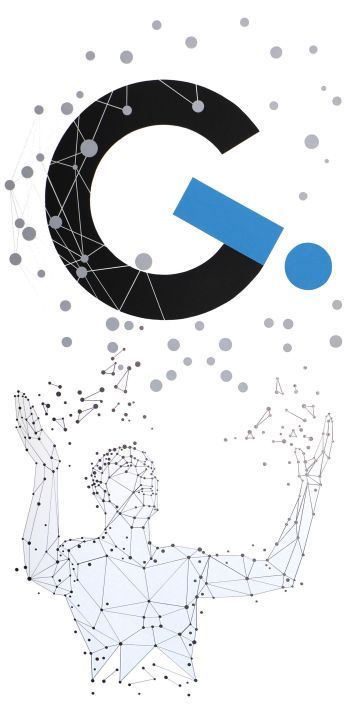Child therapy

DIAGNOSTIC TOOLS USED TO ASSESS THE EARLY MOTOR DEVELOPMENT AT THE GRAWITACJA CENTER:
A prematurely born child matures in non-physiological conditions for its organism. Therefore, it is hard to expect that all stages of development will be exactly the same as in the case of a child born on time. The key to understanding the specifics and mysteries of the development of a premature child is not only the assessment of the biological age (sometimes also different from the corrected age), but also the rate of maturation of its organism, i.e. all the processes on the basis of which the child can acquire new skills.
The rehabilitation process has different levels of advancement, a different scope and type of intervention. This also applies to therapeutic techniques, which are basically only a therapist's tool. According to the principle: the technique is for the therapist, the child should not feel it, but learn to pursue their goals thanks to it. As for the goals - in the case of children, at every level of development - they can be arranged in an appropriate way, adequately to their needs, possibilities, limitations and interests.Methods of Child Assessment used at the Grawitacja Center
Prechtl's method
The Prechtl’s method is a diagnostic tool intended for premature babies and infants up to 5 months of age. It consists in observing the child's spontaneous motor skills and allows for a very precise determination of the nature and level of psycho-motor difficulties of the child. The procedure is short, non-invasive and completely acceptable to the child.
The basis of the study is the observation of the child or video analysis. The number, quality and type of movements made by the child are assessed. At this age, motor activities are similar in all children (these are the so-called global patterns). Two types of movements are assessed: writhing movements occurring 8-12 weeks postpartum and fidget movements occurring 15-20 weeks postpartum.
To give an accurate diagnosis, the doctor, physical therapist or parent makes several videos during the first 20 weeks of a child's life. The recordings are presented to a doctor or physiotherapist who completed the Prechtl Method Diagnostics course. The films shot when the toddler is 12 weeks old have the greatest diagnostic value.Technical criteria:
- the child's spontaneous activities should be recorded,
- the recordings are best made in a warm room at home,
- recordings can be made with a mobile phone,
- the minimum length of each recording is 5 minutes (in the case of premature babies - 30 minutes), maximum - 60 minutes.
During the recording, the child:
- should be dressed in bright, tight-fitting bodysuit with short sleeves,
- must lie freely on the ground (a dark base is recommended, e.g. a dark, plain towel / blanket),
- must move,
- must be full and relaxed,
- can't cry, have hiccups, suck a dummy or a finger
- cannot be entertained,
- must be visible from above (not from the side).
The assessment of spontaneous motor skills will allow for the opinion whether the child is developing properly or needs more attention from specialists.
Test of Infant Motor Performance
TIMP assesses / tests:
- change of fine motor skills over time
- identifies high-risk infants due to poor motor performance
- it can be used to plan and evaluate the outcomes of interventions for children with low scores.
Bayley Development Scale III
Scale consisting of observations:
- motor skills (111 traits);
- mental development (178 traits);
- behavior (30 traits)
This scale is standardized for children from 1 to 42 months of age. The test duration is 30 to 90 minutes. The scale is a tool mainly used to identify developmental delays and plan therapeutic intervention. The available studies do not indicate that the scale has a predictive purpose of cerebral palsy, but any deviation in development indicates a disorder of the central nervous system from which MPD may develop in the future.
Make an appointment or find out more - Call us!
